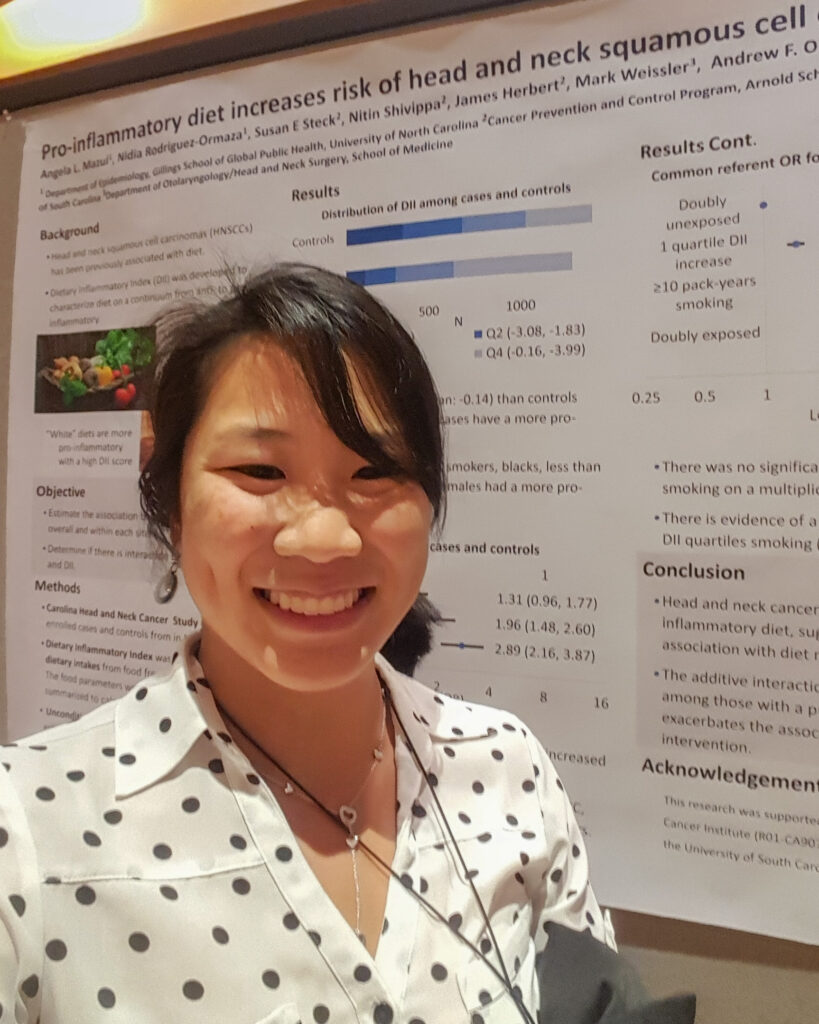
Washington University researchers, led by Angela Mazul, PhD, and Sid Puram, MD, PhD, have demonstrated the first interaction between gender and race with regards to survival outcomes for head and neck squamous cell carcinoma (HNSCC). The results will help establish a greater awareness of the racial and gender disparities in cancer susceptibility, diagnosis, and treatment.
Survival outcomes in head and neck squamous cell carcinoma reveal noted disparities related to gender and race:
- Males comprise more than 70% of all head and neck cancer cases.
- Survival rates for males and females are comparable when both receive high quality care.
- HNSCC incidence is higher in African Americans, while five-year survival rates are lower compared to white Americans.

Although these disparities are well documented, no study has examined the interaction of race and gender on survival outcomes. Mazul’s group hypothesized that gender disparities would be more significant among Black Americans with HNSCC compared to white Americans. They conducted a retrospective study of more than 250,000 patients using data from the National Cancer Database, which collects data from over 1,500 hospitals nationwide.
A broad number of variables were assessed, including race, gender, age, insurance, treatment received, type of healthcare institution, and the site, stage and HPV status of each cancer. This extensive data set allowed specific comparisons and interactions to be corrected for other variables that might impact the results.
Their analysis revealed several key observations related to cancer survival disparities:
- White males are more likely than other groups to have private insurance, but are of more advanced age at diagnosis.
- Oral cavity cancers are more prevalent in white and Hispanic populations.
- Although females had better five-year survival than males overall, this was not consistent across race. There was a more significant disparity within this comparison for Blacks, followed by Hispanics, and finally whites. These disparities are most pronounced for oral cavity cancers.
- Black female patients exhibit worse survival than other races and genders for HPV-positive oropharyngeal HNSCC.
According to Mazul, the findings suggest more attention should be paid to white and Hispanic females being evaluated for oral cavity cancer and to Black females being evaluated for HPV-positive oropharyngeal cancer. A consideration of gender disparity with respect to race is essential for providing appropriate care to head and neck cancer patients. Further research is needed to determine whether the source for gender disparities is due to social or biological factors.
